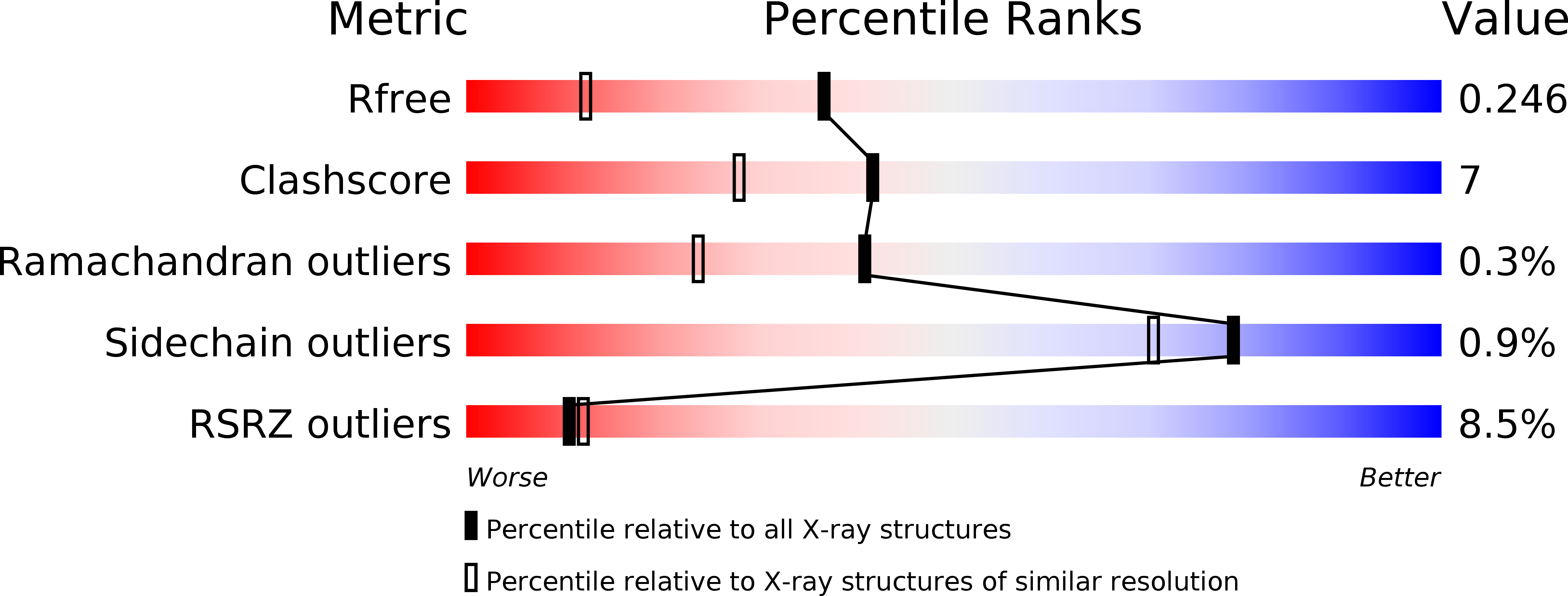
Deposition Date
2005-05-24
Release Date
2005-06-07
Last Version Date
2024-10-09
Entry Detail
PDB ID:
1ZSD
Keywords:
Title:
Crystal Structure Of HLA-B*3501 Presenting an 11-Mer EBV Antigen EPLPQGQLTAY
Biological Source:
Source Organism:
Homo sapiens (Taxon ID: 9606)
Host Organism:
Method Details:
Experimental Method:
Resolution:
1.70 Å
R-Value Free:
0.24
R-Value Work:
0.21
R-Value Observed:
0.21
Space Group:
P 21 21 21


